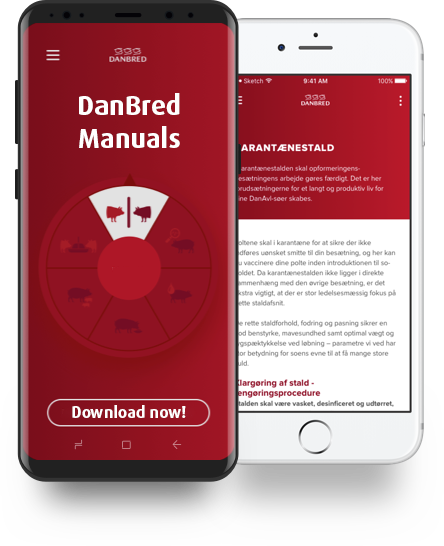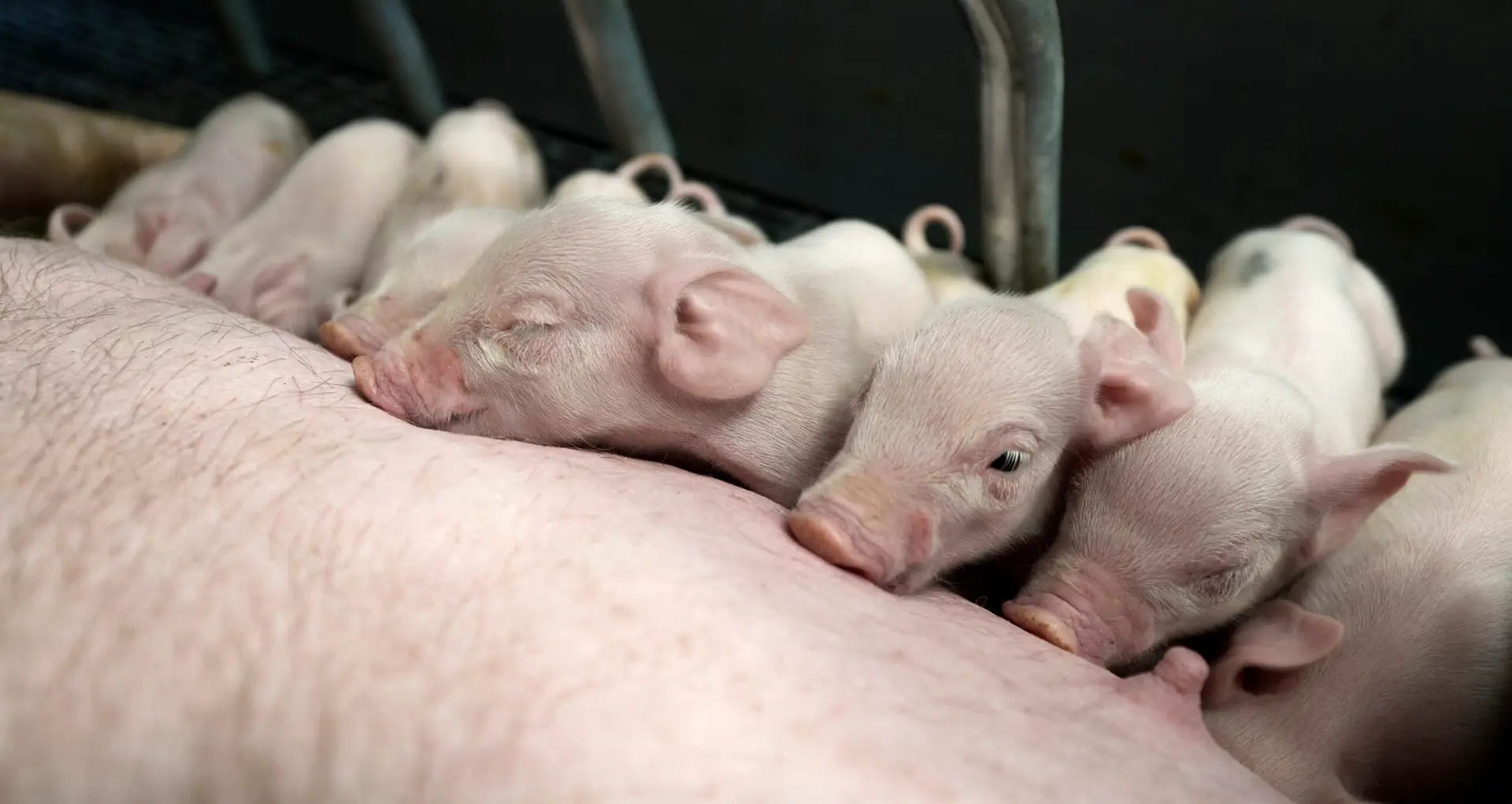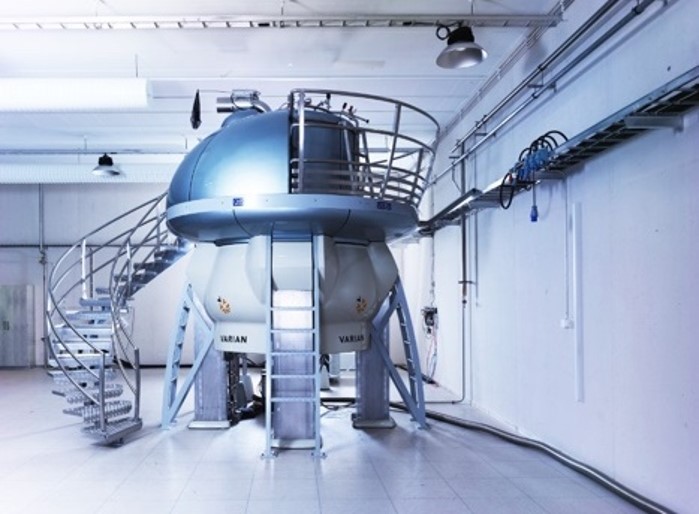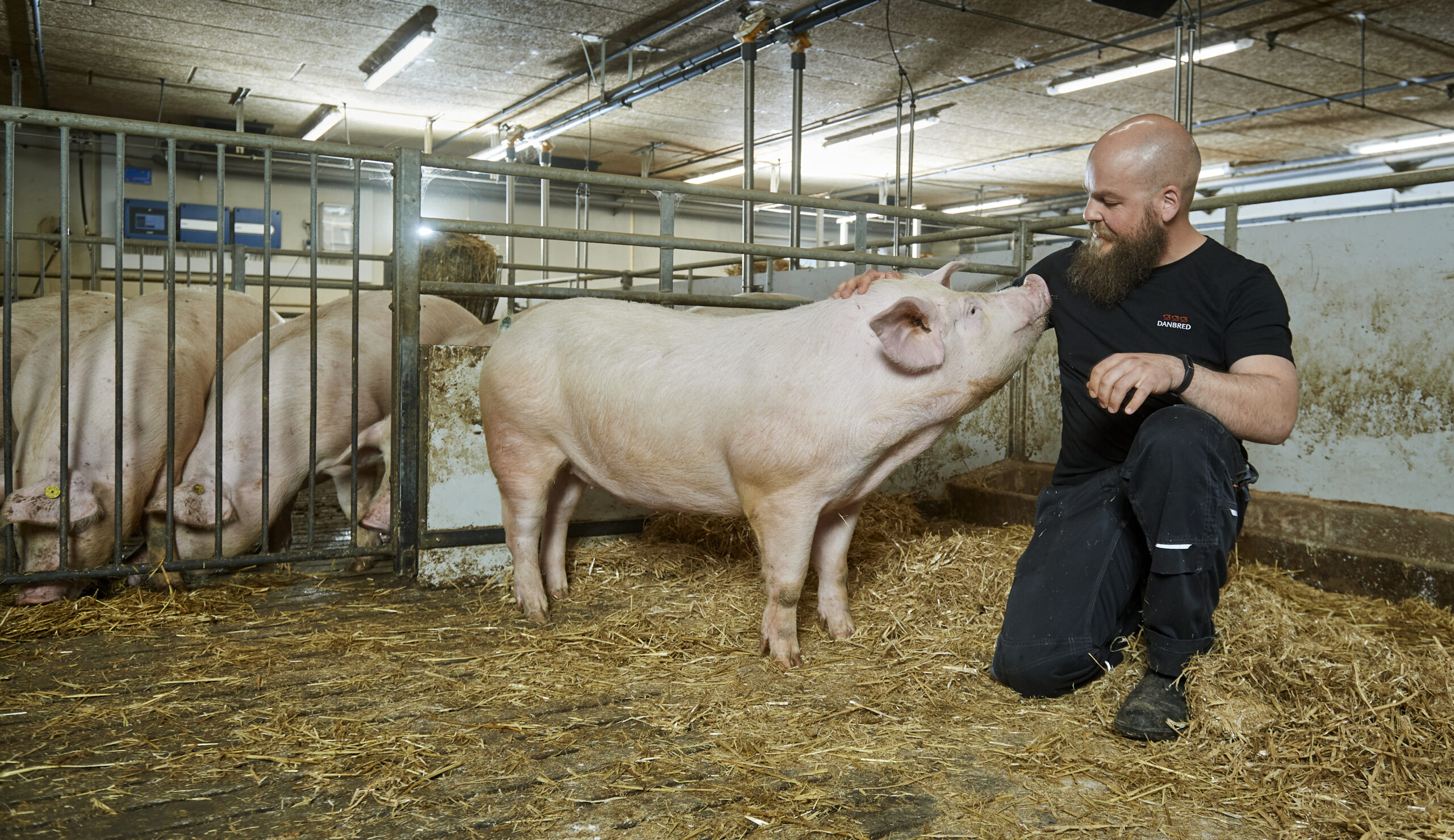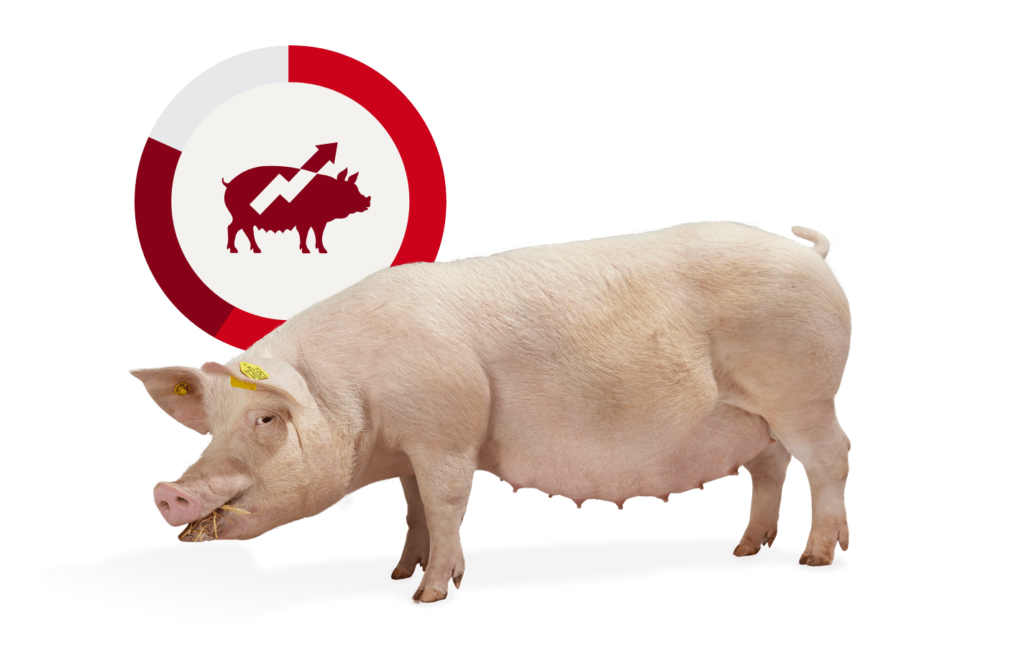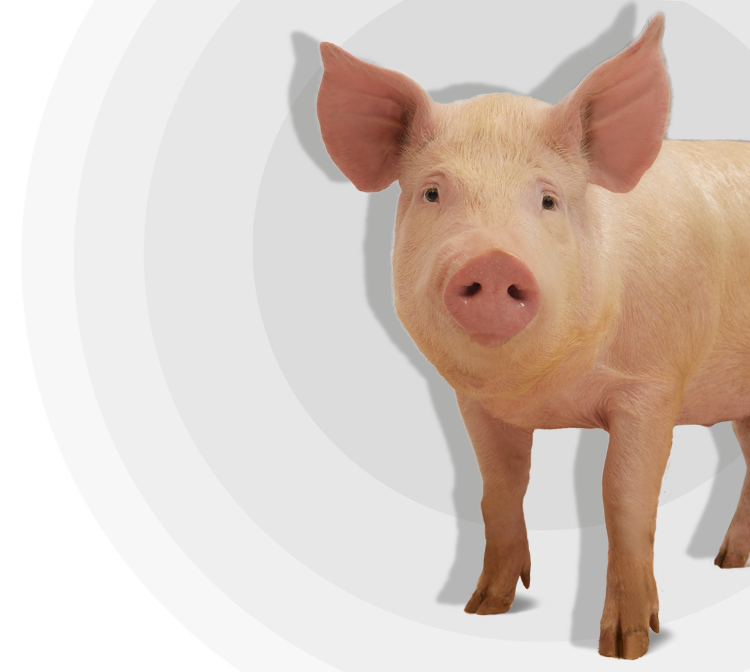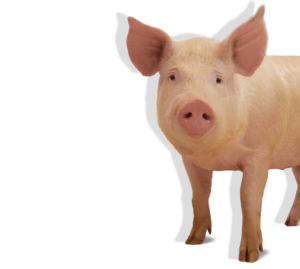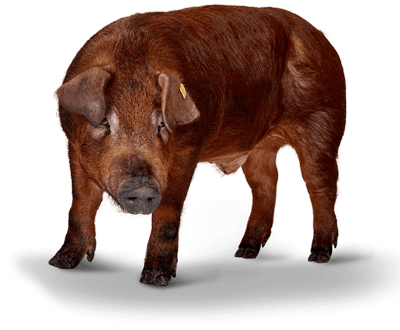The Danish Pig Research Centre, Breeding & Genetics (DPRC), are the first in the world to start using the IT tool Linear Models Toolbox (LMT). It allows them to analyse large amounts of data and calculate the DanBred breeding index much faster. It also opens brand new perspectives for developing DanBred’s breeding program in the future.
“Today, we have an enormous amount of data on all our breeding candidates. This is what makes DanBred’s breeding system so efficient. But the amount of data has a tremendous impact on how fast we can calculate the breeding index – which we do every week”, says Tage Ostersen, Department Manager at Danish Pig Research Centre, Breeding & Genetics.
For instance, the DNA data related to the genomic selection of one animal is 2000 pages long. And this number must be multiplied by 2000 new animals – every single week.
Larger amounts of data put higher demands on IT equipment
“We know almost everything about our breeding animals. This enables us to create the perfect genetics. However, this puts higher demands on our computers”, says Tage Ostersen.
The DCPR had come to a point where it no longer made sense just to buy new computers to expand the capacity. The entire IT platform for calculating the breeding index had to be revised. The solution was the IT program Linear Models Toolbox (LMT) developed by Aarhus University.
“When calculating the breeding index, we enter data from DNA tests, evaluation results, and feed tests from the DanBred boar testing station Bøgildgård into our calculation program. The computers then calculate a subindex for each trait in the breeding goal, e.g. lean meat percentage and feed conversion, which are weighted in relation to the economic weights. Then, the total index is calculated, which results in the weekly DanBred breeding index”, says Brandon West Tingley, Data Specialist at Danish Pig Research Centre, Breeding & Genetics.
Adding more lanes to the road
It takes time for the computers to process these enormous amounts of data. Therefore, more lanes had to be added to the road:
“Our old system was from a time where we did not have nearly as much data on the breeding candidates. We no longer had enough capacity to handle the growing amount of data. The road did not have enough lanes for the traffic, so to speak, and LMT added 20 new lanes to the road. The algorithms for the breeding index were also optimized in connection with the transition to LMT, which has made the indexes in the DanBred breeding program even more precise”, Brandon West explains.
LMT opens new perspectives
In addition to ensuring better handling of large amounts of data and, thereby, a faster calculation of the breeding index, the LMT program will also help develop the DanBred breeding program further in the future. LMT provides a better opportunity to use even more advanced technics, e.g. when adding new traits to the breeding goal or adding brand new techniques, such as use of metabolomic information, to the calculation of breeding value. This way, LMT will help develop the DanBred breeding program and create more breeding progress in the future.


